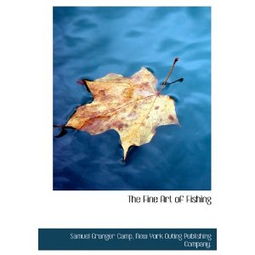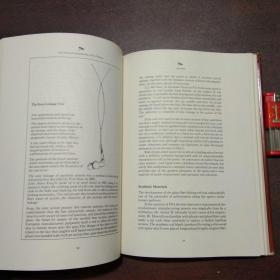Introduction:
Embarking on the exciting world of fishing can be both thrilling and daunting for beginners. One of the fundamental skills every angler must master is the art of casting. Whether you're targeting serene lakes, bustling rivers, or the vast ocean, a proficient casting technique can make all the difference between a successful catch and a day spent reeling in frustration. In this article, we'll delve into the essentials of casting, providing new anglers with practical tips and techniques to improve their casting skills.
Understanding the Basics:
Before diving into the nitty-gritty of casting, it's crucial to understand the basic components of the cast. These include the line, leader, lure, or bait, and the angler's body mechanics. Here's a breakdown of each:

- Line: The primary component of your fishing setup, the line carries the weight and tension necessary to cast your lure or bait effectively.
- Leader: A lighter, more flexible section of line that connects the main line to the lure or bait. It helps to reduce tangles and protect the main line from abrasion.
- Lure/Bait: The object that mimics the movement of prey, enticing fish to strike. It can range from artificial lures to live bait.
- Body Mechanics: The way you position and move your body during the casting process, which directly impacts the accuracy and distance of your cast.
The Casting Process:
Now that we have a grasp of the basics, let's break down the casting process into manageable steps:
- Load the Rod: Begin by holding the rod with a comfortable grip, typically with your dominant hand. Position the rod so that the tip is slightly above the water's surface, and the line is taught but not pulled taut.
- Backcast: Move the rod back slowly and smoothly, allowing the line to load onto the reel. The line should form a loop that is slightly larger than the rod's diameter.
- Stop and Pause: Once the rod has reached the desired backcast point, quickly stop the motion and pause for a moment. This allows the line to straighten and the lure to settle.
- Forward Cast: Begin the forward cast by accelerating the rod tip forward, while simultaneously releasing the line from the reel. The line should follow a smooth, arcing path, with the lure or bait landing with precision.
- Follow-Through: After the lure or bait has reached its target, continue to move the rod forward for a few more inches to ensure the line is fully deployed and to maintain momentum.
Tips for New Anglers:
- Practice Makes Perfect: Like any skill, casting requires practice. Spend time honing your technique on a quiet stretch of water, focusing on smooth, controlled movements.
- Start with a Simple Cast: Begin with a basic overhead cast and gradually progress to more advanced techniques as your confidence grows.
- Maintain a Steady Grip: Keep your grip firm but relaxed. A death grip can lead to tense movements and inaccurate casts.
- Focus on Timing: The key to a successful cast lies in timing. Pay close attention to the moment when you release the line and initiate the forward cast.
- Adjust for Wind: Wind can significantly impact your cast. Learn to adjust your technique to account for wind direction and speed.
- Use the Proper Equipment: Invest in a rod and reel that are appropriate for your fishing style and the type of fish you're targeting. A well-matched setup can make a world of difference.
Advanced Techniques:
Once you've mastered the basic overhead cast, you can explore more advanced techniques to enhance your casting abilities:
- Sidearm Cast: This cast is useful for casting across the water or when you need to present your lure or bait at a specific angle.
- Roll Cast: Ideal for tight spaces, the roll cast involves coiling the line into a tight loop and then uncoiling it as you cast.
- Toss Cast: A versatile cast that can be used for short or long distances, the toss cast involves a quick, upward motion of the rod tip to propel the line forward.
Conclusion:
Casting is a fundamental skill that every angler must master. By understanding the basics, practicing consistently, and applying the tips outlined in this article, new anglers can develop a proficient casting technique that will serve them well on the water. Remember, the key to success lies in patience, practice, and a willingness to learn. Happy fishing!












